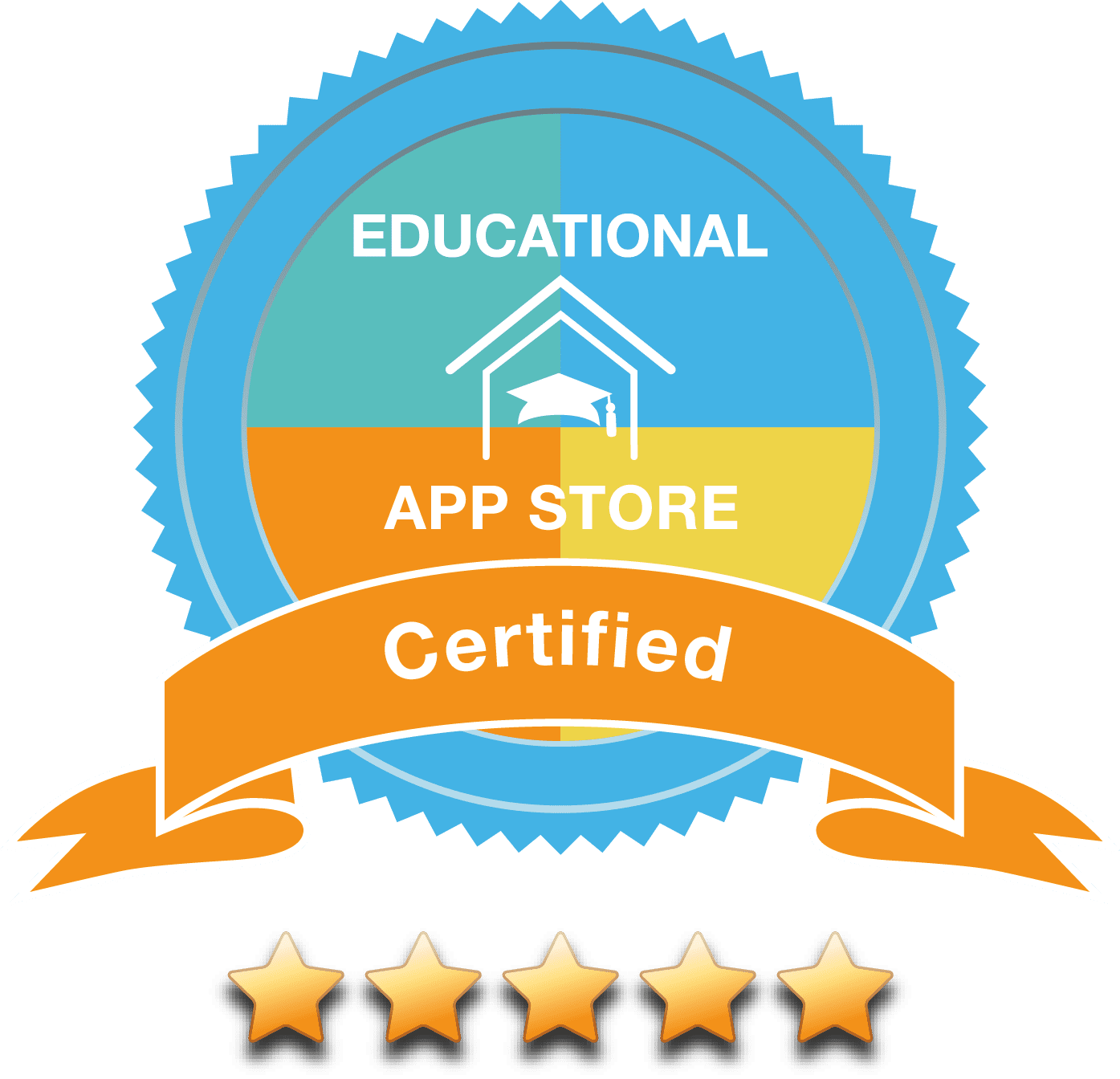Communication During A School Emergency

Help, emergency! In New Zealand and Australian schooling, children and teachers are familiar with the standard practices and protocols when it comes to caring for kids in a major emergency. As many drills such as fire, earthquake and lockdown, drills are widely practiced. However key functions such as communication between parents and teachers can become difficult if preparation is not put into place early.
As a school communication app that focuses on making all contact within schools easier, Skool Loop has created a simple list of school emergency preparation opportunities, providing effective and useful communication planning in the case of an emergency.
1. Practice & Preparation
As with most drills practicing, the task allows it to become common knowledge. For most schools, this is something that is hopefully never acted on, but emergencies in schools can range from localised human caused situations to natural emergencies or widespread ongoing community disasters. Local communication has the possibility of being disrupted due to its sheer need for it. Or a school may need to customise the communication if you are offering support to individuals or families.
Practicing the communication tasks and protocols of your school gives your community foresight and creates a standardised emergency practice that is ideal for your community.
2. Delegate Contact Tasks & Responsibilities
On top of preparing your emergency communication, it is also important to establish roles and responsibilities. As a staffing team, you can together decide who is comfortable reaching out to parents – taking into consideration your staff’s state of mind and responsibilities that they already may have in an emergency. There should be key team members that have the responsibility of notifying the school community as well as liaising with emergency services and seeking long term support for the school community members proceeding with a major event. A prepared team with a high level of communication is key to the safety and wellbeing of the school.
3. Resources for Emergency Services
Part of an excellent emergency communication plan is having the necessary resources available for emergency services. A major emergency may inhibit certain areas of the school, meaning emergency paperwork may not always be available. Having everything located in one app, that can be accessed by many different staff members is essential.
4. Remind Your School Community of The Protocols
Keep your school community updated with reminders of the emergency protocols in school newsletters, or with a reminder when your school conducts a drill. So that everyone in the school community can be informed and up-to-date with emergency protocols.
5. Choose A Smart Alert System
Having a smart and effective alert system should be the priority of a school’s emergency planning. Skool Loop has an emergency and urgent message function that can immediately send out an alert in relation to a school emergency. These notices can be used to announce emergencies, class cancellations, and events requiring immediate attention of a parent or teacher. Through push notifications, the process is simple and can be sent to the whole school community or a select group immediately.
Prioritising instant, smart, all-in-one, simple emergency communications will help your school with creating effective emergency systems. Skool Loop not only provides an emergency alert system, but is a great everyday school communication tool. Your community will already be familiar with the use of the app, if an emergency were to occur.
Talk To Our Friendly Team!
Want to know more about Skool Loop? Our friendly support team is ready to answer any questions you may have.



